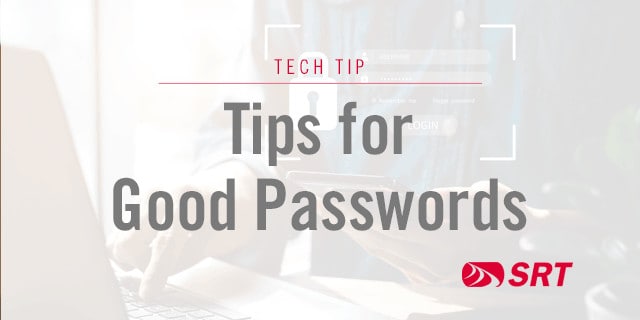Dakota Carrier Network (DCN) is experiencing a disruption in video services that affects SRT TV.
We recommend that customers power cycle their television set top boxes at this time.
SRT will provide an update when this service disruption has cleared. Thank you for your patience.












